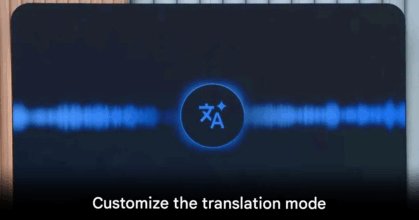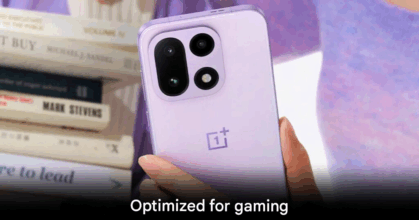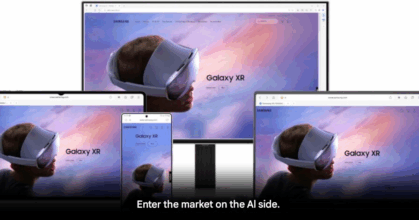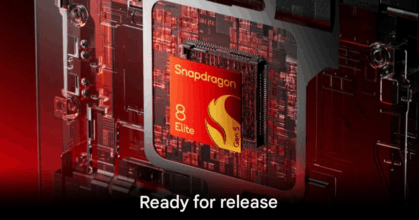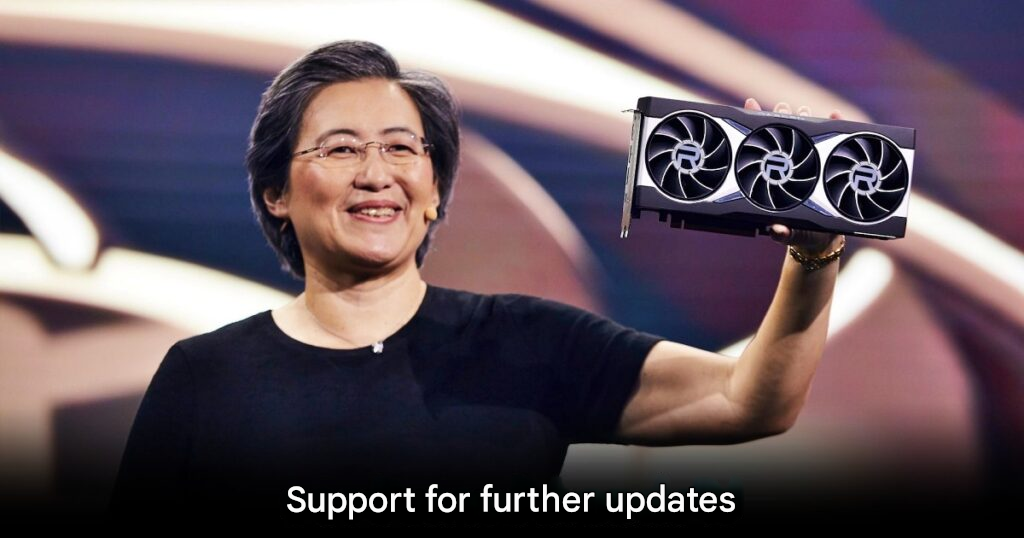
AMD Reaffirms Active Support for Radeon RX 5000 and RX 6000 Series GPUs
Following a period of intense confusion and community outcry, AMD has published a definitive statement to clarify its commitment to driver support for its older Radeon graphics cards. The drama began with the recent release of the AMD Software: Adrenalin Edition 25.10.2 driver, which contained ambiguous release notes and, at one point, included the term “maintenance mode” for the Radeon RX 5000 and RX 6000 series GPUs, based on the RDNA 1 and RDNA 2 architectures. This move led many gamers across the globe, including those in Southeast Asia, to fear that day-one game optimizations were ending for their still-capable hardware.
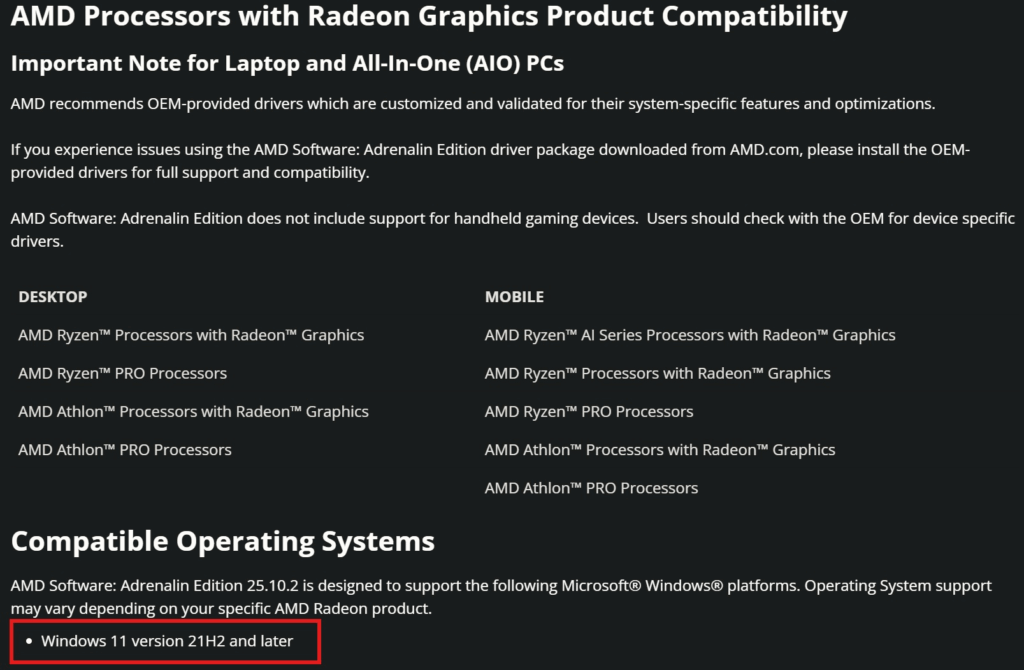
The company has now backtracked on the initial confusing communication, promising a commitment to continued support. AMD’s official blog post aimed to “clear up the confusion” by outlining a new, separated driver strategy.
The New Dual Driver Path Explained
AMD has confirmed that the 25.10.2 driver release introduces two distinct, optimized driver paths. The first path is dedicated to the newer RDNA 3 and RDNA 4 architectures, encompassing the Radeon RX 7000 and RX 9000 series cards. The second, separate path is for the older RDNA 1 and RDNA 2 GPUs, which include the Radeon RX 5000 and RX 6000 series.
Crucially, the company has clarified that this separation does not signify the end of active support for the older cards. Instead, AMD asserts that this new approach allows their engineers to move faster with new features for the latest RDNA generations while maintaining stability and optimization for the older hardware.
Continued Support for Current and Future Games
For owners of the Radeon RX 5000 and RX 6000 series GPUs, AMD’s clarification provides relief. The company explicitly stated that these cards will continue to receive the following:
- Game support for new releases.
- Stability and game optimizations.
- Security and bug fixes.
The difference, according to AMD, is that the older products now benefit from a “dedicated, stable driver branch,” which is built on years of tuning. This insulates them from rapid, architecture-specific changes designed for the newer GPUs. This clarification also puts to rest earlier speculation that the latest driver would drop Windows 10 support or disable the USB Type-C functionality on RX 7900 cards, both of which AMD has since confirmed were errors in the original release notes.
The incident highlights the critical nature of clear communication in the highly competitive hardware space. AMD’s quick reversal and commitment to continuous support are vital for retaining the trust of its substantial user base in Southeast Asia and across the world who rely on the performance of their RDNA 1 and RDNA 2 graphics cards.
Source:
AMD Continues Support for Older Radeon GPUs (PCWorld)
AMD Reverses Blunder on RDNA 1/2 Support (Tom’s Hardware)
THIS IS our take:
The entire driver debacle was a massive self-inflicted wound for AMD, but the rapid U-turn to reassure the community is a smart move that saves face, even if the new dual-driver system is clearly about prioritizing future-looking, AI-centric RDNA architectures. For Southeast Asian gamers who hold onto their hardware for years, the promise of continued game optimizations for their RX 6000 cards is a necessary commitment that prevents a mass exodus to the competitor.

